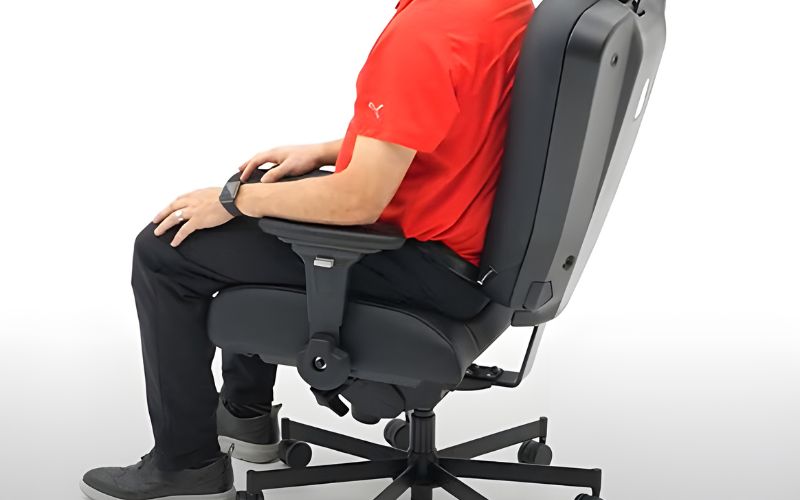A security command center (SCC) is the nerve center of an organization’s security operations, acting as the focal point for monitoring, detecting, and responding to security incidents. Its ability to provide real-time surveillance, in-depth analysis, and rapid incident response is paramount in protecting sensitive data and maintaining operational integrity.
To achieve optimal functionality, an SCC must have essential tools and features that enhance its operational efficiency and effectiveness. Learning about the things that every security command center needs will ensure it can adequately handle emerging threats and adapt to new challenges.
State-of-the-Art Surveillance Systems
Surveillance systems form the foundation of any security command center. Utilizing high-definition cameras with wide-angle lenses, night vision capabilities, and motion detection functionalities is pivotal. These advanced systems enable continuous monitoring of an area’s premises, allowing security personnel to detect and respond to potential threats promptly. Integration with video analytics software enhances the ability to identify unusual patterns or behaviors, significantly boosting the overall security posture.
Robust Communication Equipment
Effective communication is vital in efficiently managing security incidents. A security command center must have reliable communication tools, including secure radios, telephones, and real-time messaging platforms. These tools facilitate seamless interaction between the SCC and on-ground security teams, ensuring coordinated responses during emergencies. Incorporating redundancy features in communication equipment helps maintain operations even during system failures, providing an additional layer of security.
Ergonomic Workstations
The working conditions of its personnel determine the effectiveness of a Security Command Center. Ergonomic workstations, equipped with adjustable desks, high-resolution monitors, and resting areas ensure comfort and reduce fatigue among operators. Offering better seating options can also help worker comfort and morale.
24/7 Seating
Job positions that require better back support over longs periods such as command center professionals also demand heavy-duty office chairs. These quality chairs are essential to minimize back pain and promote the well-being of employees. Providing a conducive working environment is crucial for maintaining high levels of alertness and efficiency, especially during long shifts.
Incident Management Software
Incident management software is essential for documenting, tracking, and resolving security incidents. This software allows for the systematic recording of incidents, providing a detailed log that aids in post-incident analysis and reporting. Features like real-time updates, task delegation, and automated alerts help streamline the incident response process. Integrating the software with other security systems, such as access control and surveillance, offers a unified platform for managing security threats.
Comprehensive Training Programs
Technology and tools alone do not define the success of an SCC; trained personnel are equally important. Regular drills and simulations help keep the security team prepared for real-world threats. Training on new technologies and software updates ensures the personnel remains adept at utilizing the latest tools and maintaining a proficient security command center.
The tools needed at a security command center include state-of-the-art surveillance systems, robust communication equipment, incident management software, ergonomic workstations, and comprehensive training programs. Prioritizing these essentials not only enhances the operational capabilities of the SCC but also contributes significantly to the overall safety and security of the organization.





